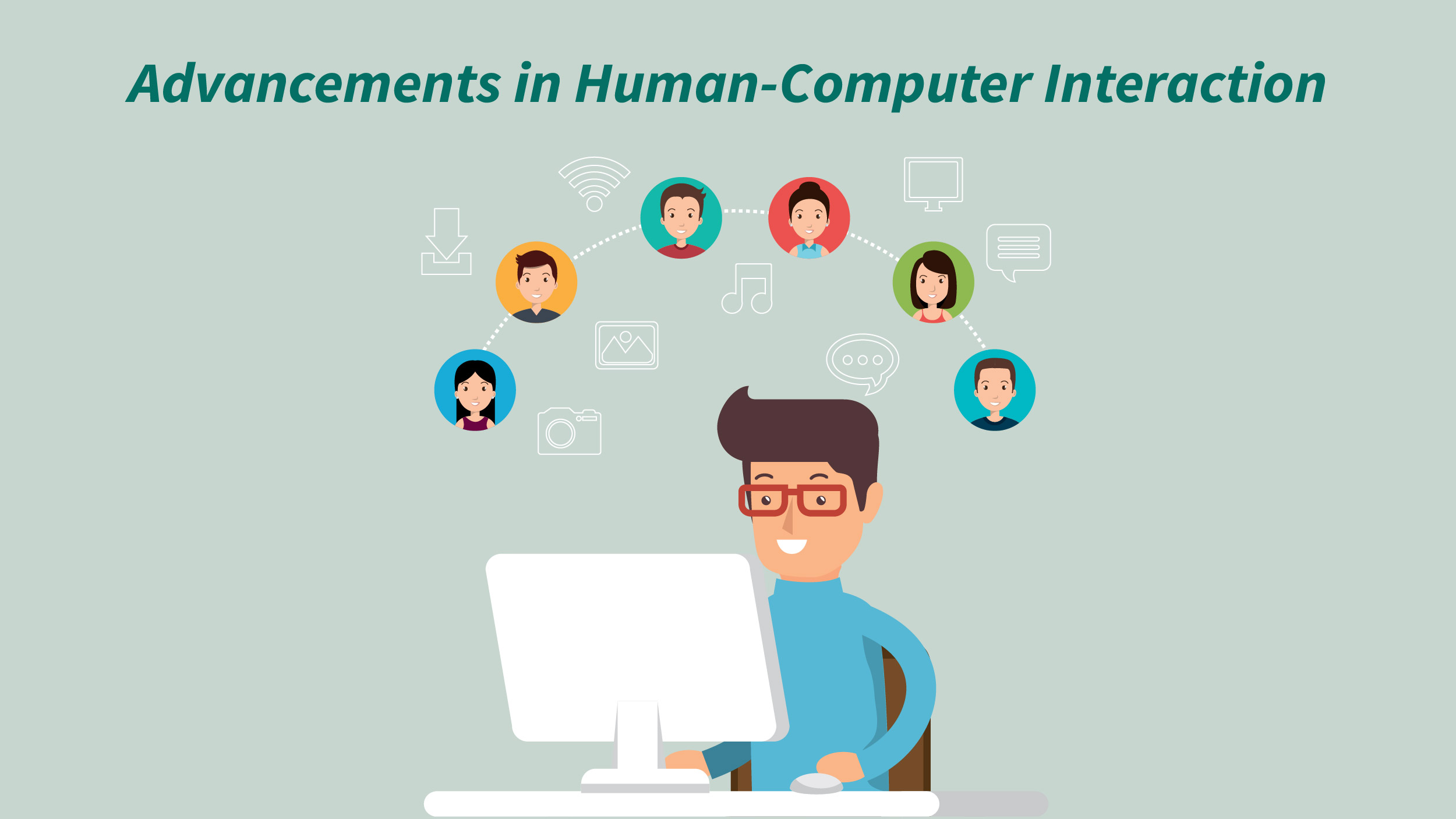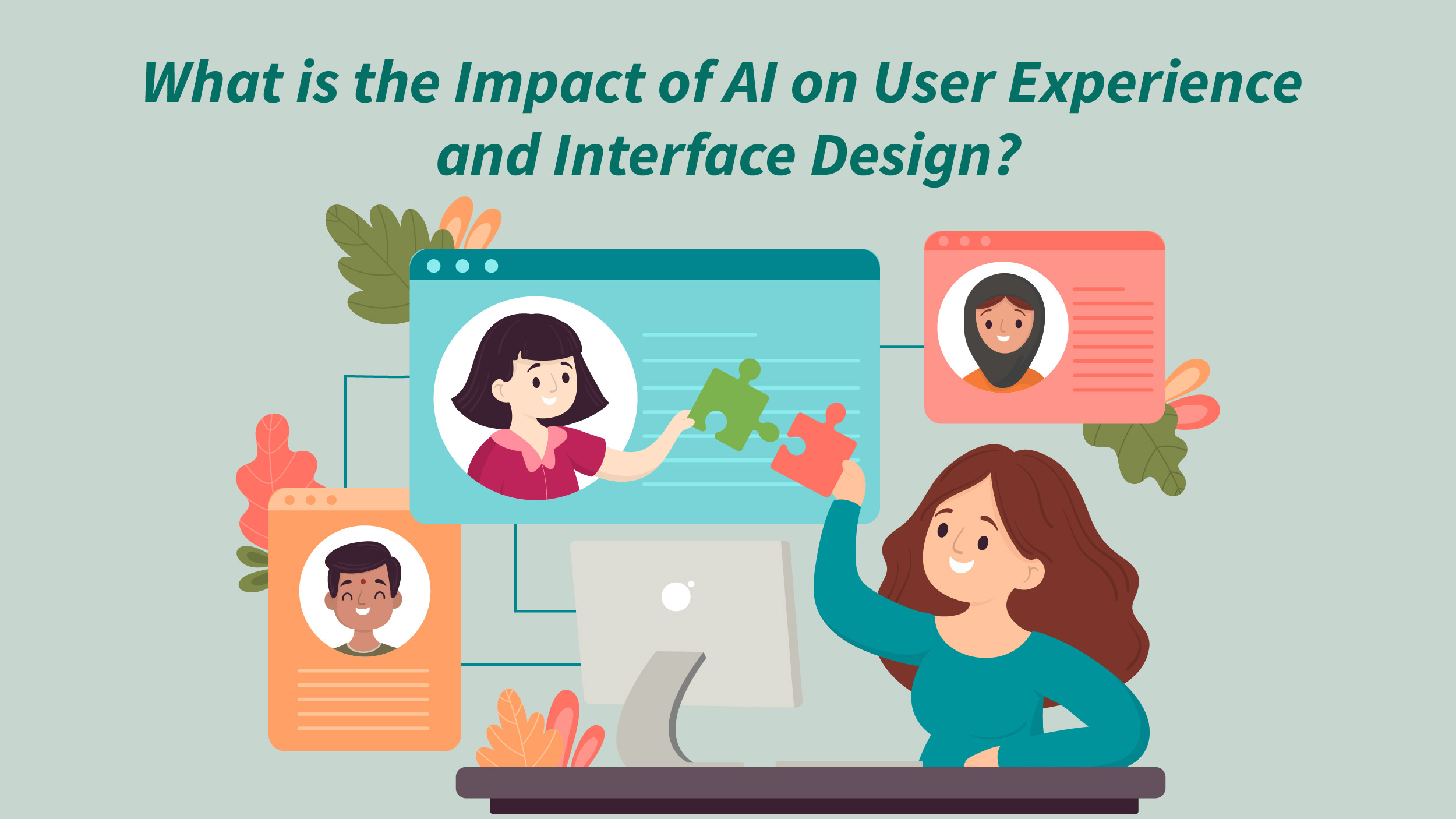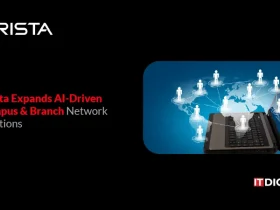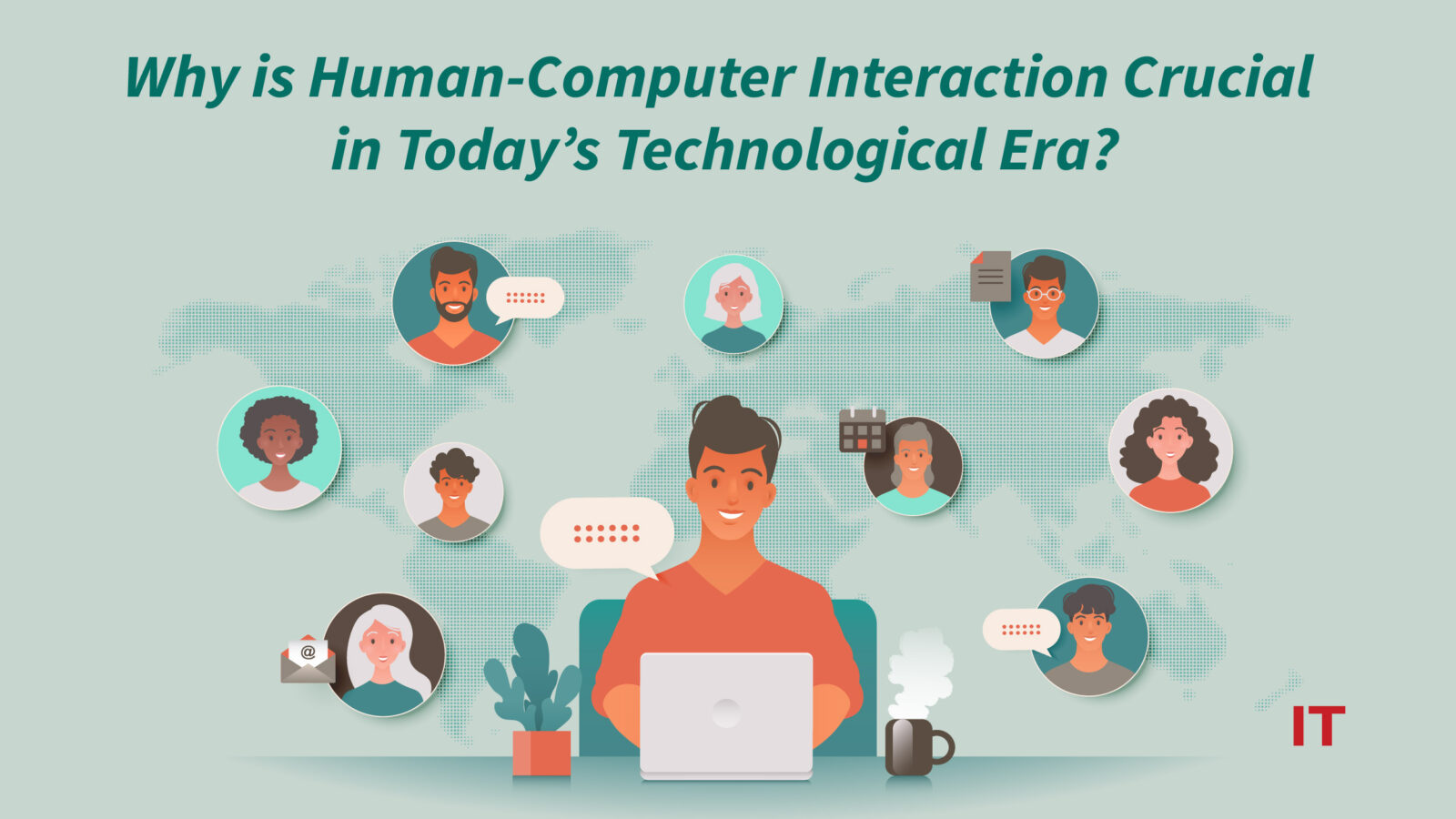Imagine a world where every click, touch, and swipe is not just an action but a meaningful conversation. That’s the essence of human-computer interaction (HCI) – the science and art of making this interaction efficient and enjoyable.
HCI, at the crossroads of technology and understanding human behavior, facilitates dialogue between users and machines, transforming complex codes into intuitive experiences. Every element on your device results from hours of study, design, and testing grounded in ergonomics, psychology, and computer science.
In this blog, we’ll delve into HCI’s vast territory, exploring how it shapes technology around humanity. Discover how HCI not only boosts efficiency but also values every interaction and recognizes each user’s individuality.
What is Human-Computer Interaction?
Human-computer interaction (HCI) is a diverse field that designs computer technology for better interactions between humans and computers. It draws from computer science, behavioral sciences, cognitive science, ergonomics, psychology, and design principles. HCI aims to create user-friendly, efficient, and enjoyable technology by understanding human behavior, cognitive processes, and preferences in the design of interactive computer interfaces.
Key aspects of human-computer interaction encompass:
- Interface Design: HCI focuses on creating visually appealing, user-friendly interfaces, considering factors like layout, color schemes, typography, and interaction patterns.
- Usability Testing: HCI involves testing and evaluating computer systems and interfaces to assess usability, identifying areas for improvement, and ensuring user-centric technology.
- User Research: HCI incorporates user research methods, including interviews, surveys, observations, and feedback, to understand user needs, preferences, and behaviors.
- Interaction Techniques: HCI explores various interaction techniques like touchscreens, voice recognition, gestures, and virtual reality to enhance user experience and accessibility.
- Accessibility: HCI considers diverse user needs, including those with disabilities, by designing inclusive interfaces with features like screen readers, alternative input methods, and adjustable font sizes.
HCI finds applications in software development, web design, mobile applications, virtual reality, and human-centered design processes, wherein it ensures that technology is user-friendly, efficient, and meets user needs.
Origin of Human-Computer Interaction
The emergence of HCI in the 1980s paralleled the rise of personal computing, marked by the widespread availability of machines like the Apple Macintosh, IBM PC 5150, and Commodore 64 in homes and offices. As computers became accessible to general consumers for various purposes, including word processing and gaming, the significance of designing user-friendly and efficient human-computer interaction became paramount. HCI evolved from an era of room-sized, specialized tools for experts to encompass multiple disciplines, including computer science, cognitive science, and human-factors engineering.
Is Human-Computer Interaction Crucial?
Human-computer interaction (HCI) is essential in the digital landscape as it underpins every application, software, and product, ensuring effective interaction with users. Accessibility is a key aspect, catering to diverse user needs, including the elderly and those with disabilities. HCI strives to enhance the relationship between users and technology by understanding individual interactions. Beyond addressing current challenges, HCI encourages creative thinking to develop innovative solutions for tomorrow’s problems.
Advancements in Human-Computer Interaction
Technological progress has introduced a variety of tools, devices, and gadgets showcasing advanced human-computer interaction capabilities. Here are notable examples that highlight the evolution of HCI:
IoT Technology:
- IoT devices, expected to reach 27 billion by 2025, impact daily lives.
- ‘Pre-touch sensing’ in smartphones predicts user intentions based on hand movements.
- ‘Paper ID’ digitizes paper, detecting gestures and connecting with IoT devices.
Eye-Tracking Technology:
- Detects user gaze points using cameras and embedded light sources.
- Monitors visual attention in industries for improved focus and task management.
- Potential for future applications like scrolling through a computer screen using eye movements.
Speech Recognition Technology:
- Popularized by virtual assistants like Alexa, Cortana, Google Assistant, and Siri.
- Enhances man-machine interactions, interpreting and responding to user commands accurately.
- Applications include transcribing conference calls and interviews.
AR/VR Technology:
- Immersive technologies like AR and VR improve user interaction with the digital world.
- Smart glasses enable hands-free interaction and real-time problem resolution.
- Ongoing HCI research explores areas like brain-computer interfaces and sentiment analysis for enhanced AR/VR experiences.
- Dexta Haptic Gloves record touch parameters and replicate sensations in the virtual environment.
Cloud Computing:
- Cloud computing facilitates remote work, with 83% of employees feeling more productive remotely.
- SaaS services enable access to cloud-based data from any location, transforming traditional office settings.
- HCI plays a pivotal role in streamlining workflows and supporting seamless collaboration with remote teams.
These examples showcase the diverse applications of HCI, impacting various aspects of technology and user experiences.
What is the Impact of AI on User Experience and Interface Design?
AI transforms user experience (UX) and interface design through key mechanisms:
- Customization: AI allows designers to create personalized experiences tailored to individual user preferences, fostering higher satisfaction.
- Predictive Analytics: By forecasting future user behavior, AI recommends relevant actions or information based on trend analysis in user data.
- Process Automation: AI enhances UX design effectiveness by automating time-consuming tasks, and streamlining processes that traditionally required extensive human effort.
- Ethical Considerations: Designers must carefully navigate the ethical implications of integrating AI into UX design, considering potential impacts on users and society in the deployment of AI-driven interfaces.
Final Thoughts
Human-computer interaction is a dynamic and multidisciplinary field that focuses on optimizing the interaction between humans and computers. By understanding human behavior, cognitive processes, and user preferences, HCI professionals strive to design interfaces that are intuitive, user-friendly, and efficient. Through user research, usability testing, and the incorporation of various interaction techniques, HCI aims to create technology that enhances the user experience and meets the diverse needs of users. Furthermore, HCI emphasizes accessibility, ensuring that technology is inclusive and accessible to all individuals, including those with disabilities. As technology continues to evolve, HCI will play a crucial role in shaping the design and development of interactive computer interfaces, making them more intuitive, engaging, and responsive to user needs.

































